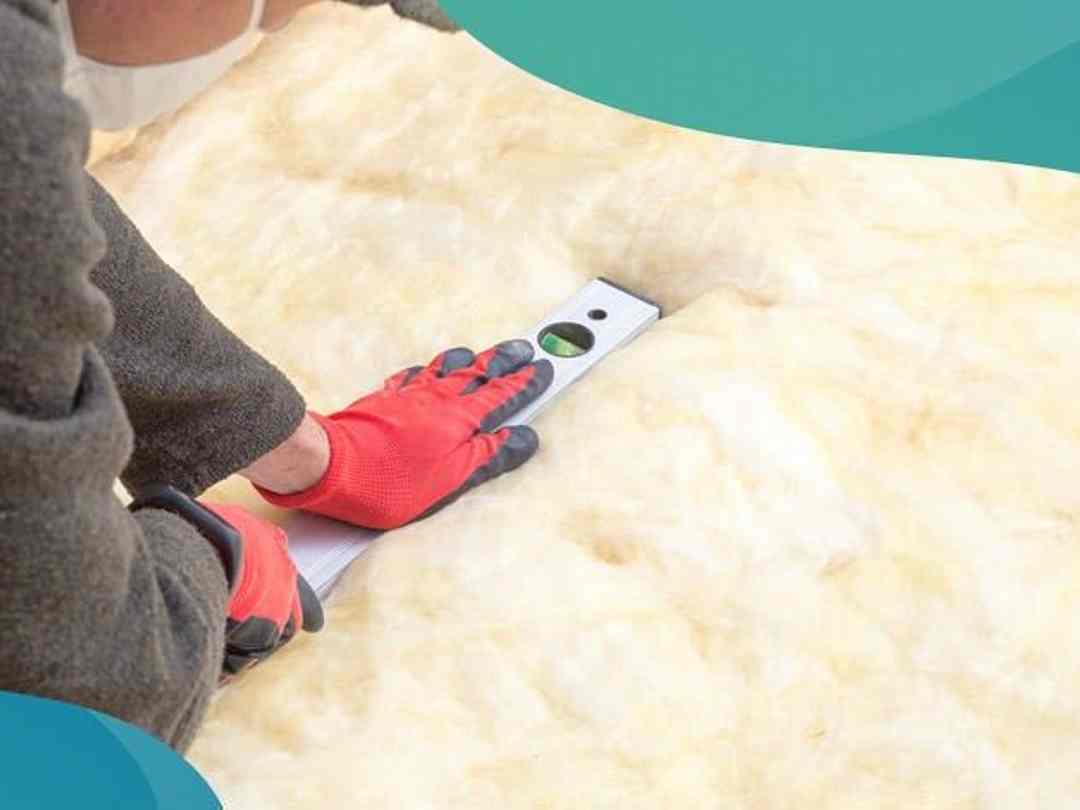Winter season can be harsh, with snow, ice, and freezing temperatures. This can lead to damaged gutters, ice, and even caulk.
Winter season is a time when your home can be damaged in many ways. Having a strong homeowners insurance policy plan and taking preventative actions can help to ensure that your house remains cozy, relaxed, as well as damage-free throughout the winter.
Protecting your home for winter: inside your house
You may think that winterizing your house is just for the outside. However, there are also areas inside your home which need to be protected from the extreme temperatures of winter. We’ll examine the various parts in your home and the steps you can take to protect them.
Include additional insulation
To do this, you can:
- Replace the display on your tornado doors. A strong glass pane can be used to help keep out the cold.
- Sealing up breezy doors. Fill the spaces between your doorframe as well as the door with weatherstripping. If you have a larger void between your flooring and the bottom of the door, use a dual draft-stopper. This is two round pieces of foam that can be slid onto both the front and back of the door.
- Improving home window insulation. Although not the most attractive option, you can easily include an additional layer of insulation to the home windows using some plastic bed sheets and a hair dryer. Tape down a layer plastic bed sheet over your house window and also lower it with the warm air of the hair clothes dryer.
- Insulating the attic. Use rolls of unfaced foam insulation to fill the spaces between the joists. Add a second layer that runs vertically to the joists.
- Wrapping your hot-water heater. Just as you wrap your clothing in cold weather, your water heater could benefit from the same treatment. Find a fiberglass “coat”, cover it all around your water heater and see how much your heating expenses will decrease.
- Maintaining your cooling system. To stay on top of your cooling system maintenance, you should use high-quality air filters and change them promptly. You must also clean your air ducts regularly and fix any kind of leakages. By doing this, your home will be warmer and the air quality will improve.
- Changing your drapes. In the winter, you should switch out the lighter, ventilated drapes with heavier drapes. Using thicker drapes or drapes that have thermal support will help keep the cold air outdoors.
Always have a backup source of electricity
Even if you have a reliable home power system, it is still advisable to have a back-up power source, especially when winter comes. The two main choices are battery backup generators or standby generators powered by fuel.
Most traditional fuel-powered generators run on gasoline, liquid gas or diesel. Many gas and gas generators can be connected directly to your home’s gas supply or storage tank. This saves you from having to manually refill the generator. For diesel generators to keep running, they will need to be refilled regularly.
Home battery backup systems are powered by your home’s power grid, or the planet system. Although they cost more upfront, you can save money on gas over time.
Security and discovery
The winter months are also a time when fires become a greater threat. Using your fireplaces, room heating systems, radiators and wood cooktops to keep your house warm can be dangerous if not done correctly.
Install as many carbon monoxide and smoke detectors on each floor of your house. Make sure to clean and maintain your detectors regularly. Finally, keep all combustible items at least three feet away from any kind of heat source.
Protecting your home for winter: outdoor
Winter weather conditions damages can be minimized by performing routine maintenance and preemptive repairs.
Trim, seal, and cut
Three easy steps you can take to protect the exterior of your home from winter weather conditions are:
- Cut the trees. Heavy snow and ice storms can easily break tree branches. Especially dead branches. Before winter weather conditions hits, make sure to trim your trees and remove any dead branches.
- Cleaning your gutters. Just as ice and snow can bring down branches on trees, they could also cause significant damage to your gutters. By ensuring your gutters are clear of fallen leaves and other debris before snow starts to fall, you can avoid blockage, wall surface damages, and flooding.
- Sealing fractures using caulk. Caulking around windows, or in tiny gaps where different products meet outside your house, can help protect against wood rot, water damage, and also unwelcome air flow.
Hand rails and repair actions
In the event that you slip or make a poor move, you will have something to grab onto!
Concluding
By taking the right actions before wintertime embeds, you can save money on repair services and also expenses.
